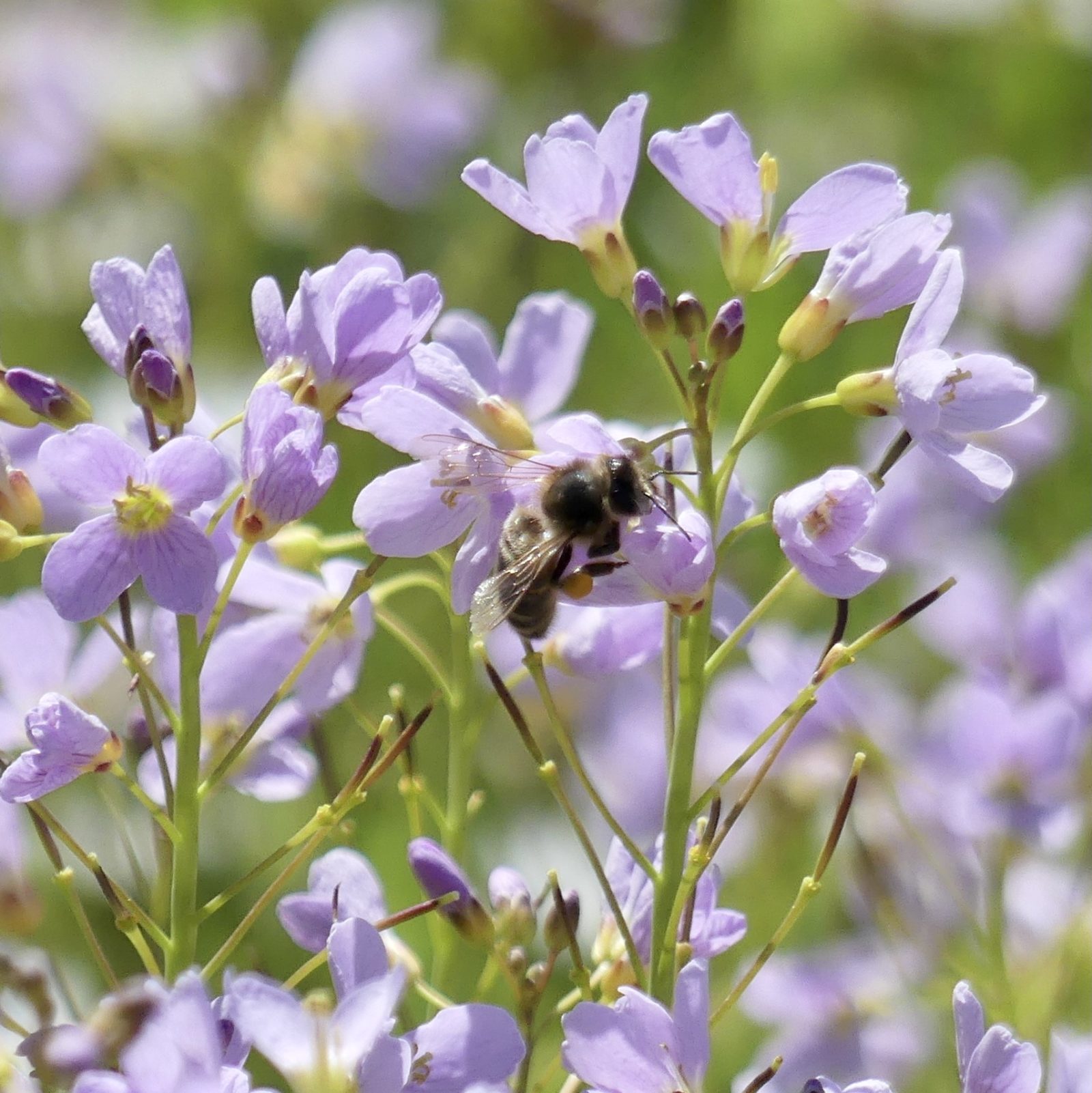New life is being breathed into a St Asaph strip of land to help support the growth of biodiversity across Denbighshire.
Denbighshire’s biodiversity team has worked over the last few months to reseed an ex-horse pasture at St Asaph with wildflower seed. The seed was gathered from a local meadow and includes species such as Common Spotted Orchid, Pignut and Bird’s-Foot-Trefoil.
The Wildflower Meadow project started in 2019, following Denbighshire County Council’s declaration of a climate and ecological emergency, and is part of the council’s ongoing commitment to enhancing biodiversity across the county. Nearly 60 sites, including highway verges, footpath edges, cycleways and amenity grasslands, are now being managed to create wildflower meadows across the county.
These sites, along with the 11 roadside nature reserves, come to about 30 football pitches worth of grassland managed as native wildflower meadows.
As well as protecting wildflowers, the meadows are also giving a helping hand to native insects in the county area.
During the last two years the Wildflower Meadow project has seen a total of 268 different wildflower species recorded across sites. Nearly a quarter were classified as a scarce and/or rare species within the Denbighshire.
The ground area at St Asaph was prepared to expose bare soil and the seed scattered and next year it will be cut regularly to minimise the spread of weed species, before entering into a system of annual hay cuts. More seed will also be brought in to increase the diversity of the meadow.
Cllr Tony Thomas, the Council’s lead member for Housing and Communities said: “Hay meadows have decreased by 97 percent in the last seventy years, meaning that these habitats, and the species that survive on them have become incredibly scarce. Once this three-acre meadow is well established as the flowers begin to colonise, we will use it for reseeding other areas across the county, hoping to providing a ready-made local seed mix.
“By creating new meadows alongside our well- established sites across the county, we will continue to provide more food for pollinators and many other forms of wildlife, as well as creating places where people can come and enjoy nature, with all its mental and physical benefits.”
All of the Council’s wildflower sites are managed in line with Plantlife’s Managing Grassland Road Verges guidelines which sees the grass cutting at these sites prohibited between March and August each year, giving wildflowers enough time to grow, flower, and set seed.
Each site is then cut after August and cuttings collected to reduce soil fertility and provide the wildflowers with the best conditions possible.








Leave a Reply
View Comments